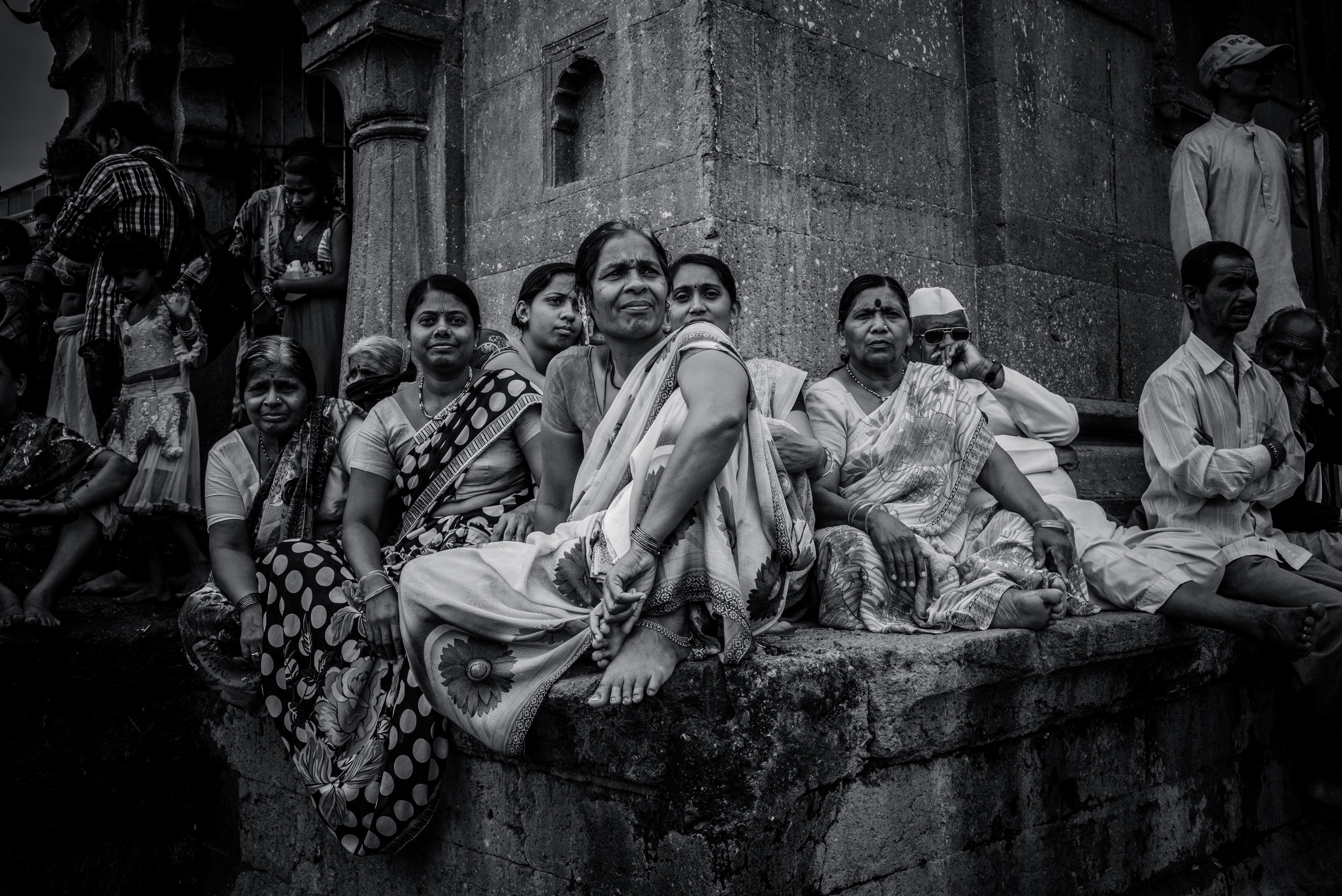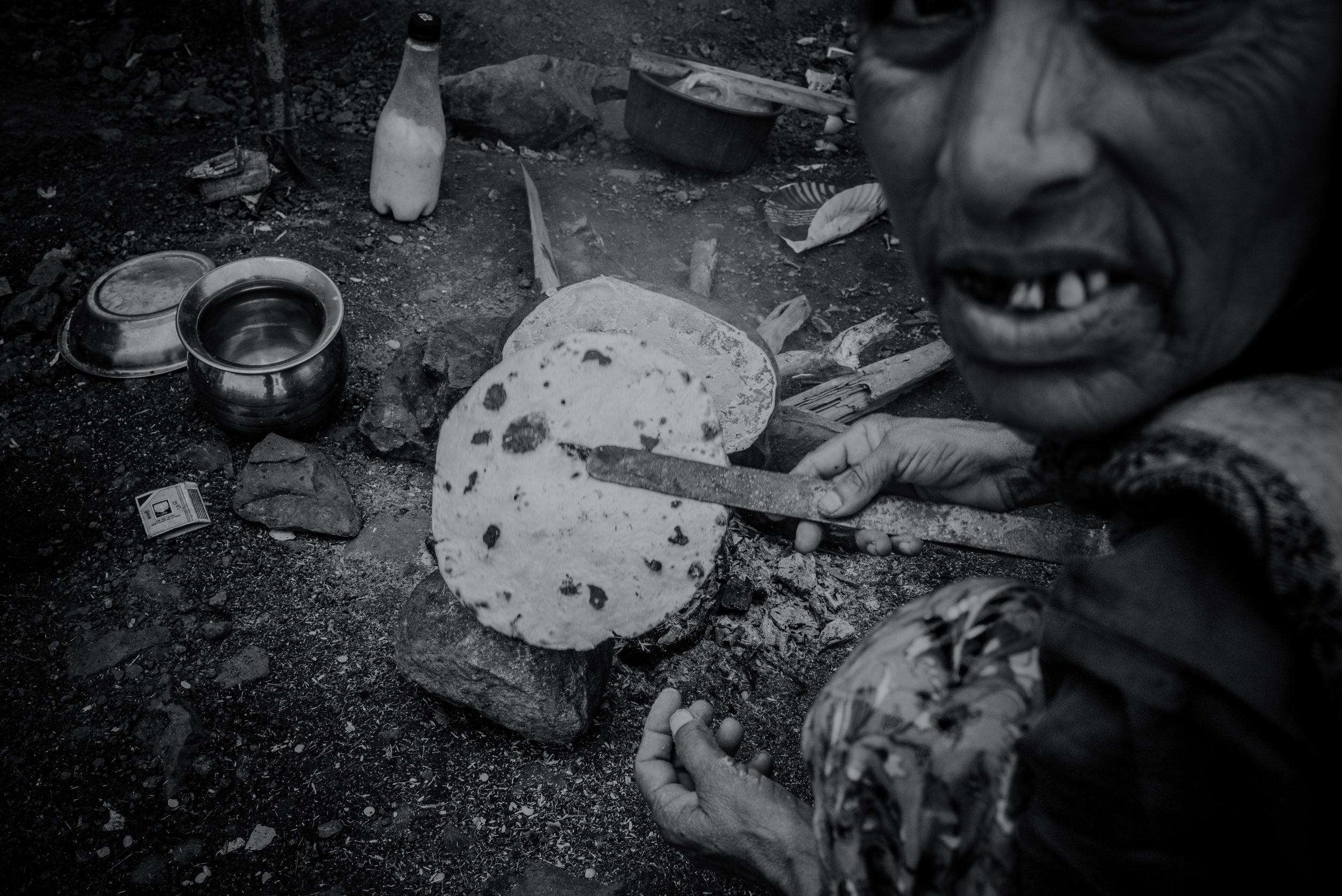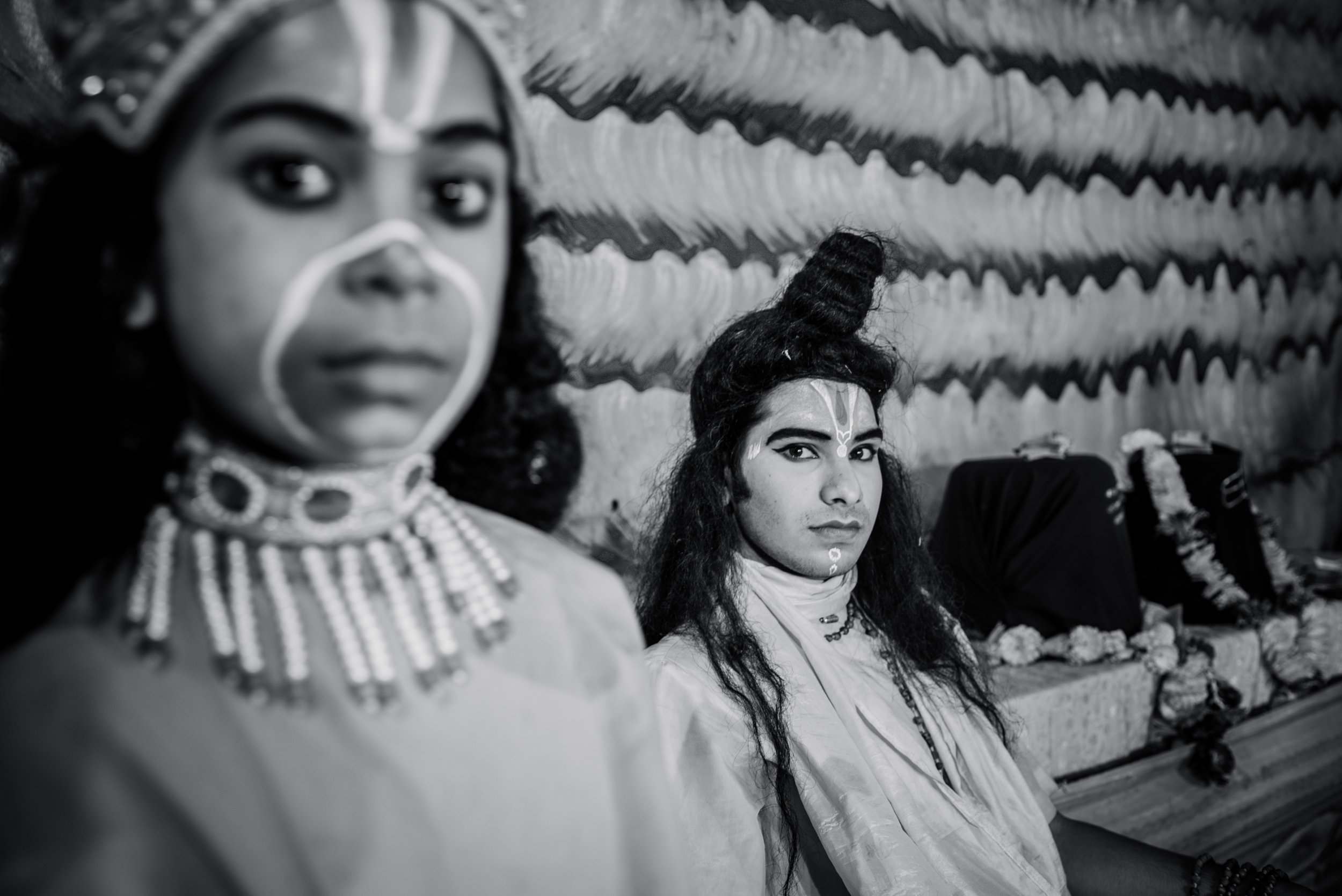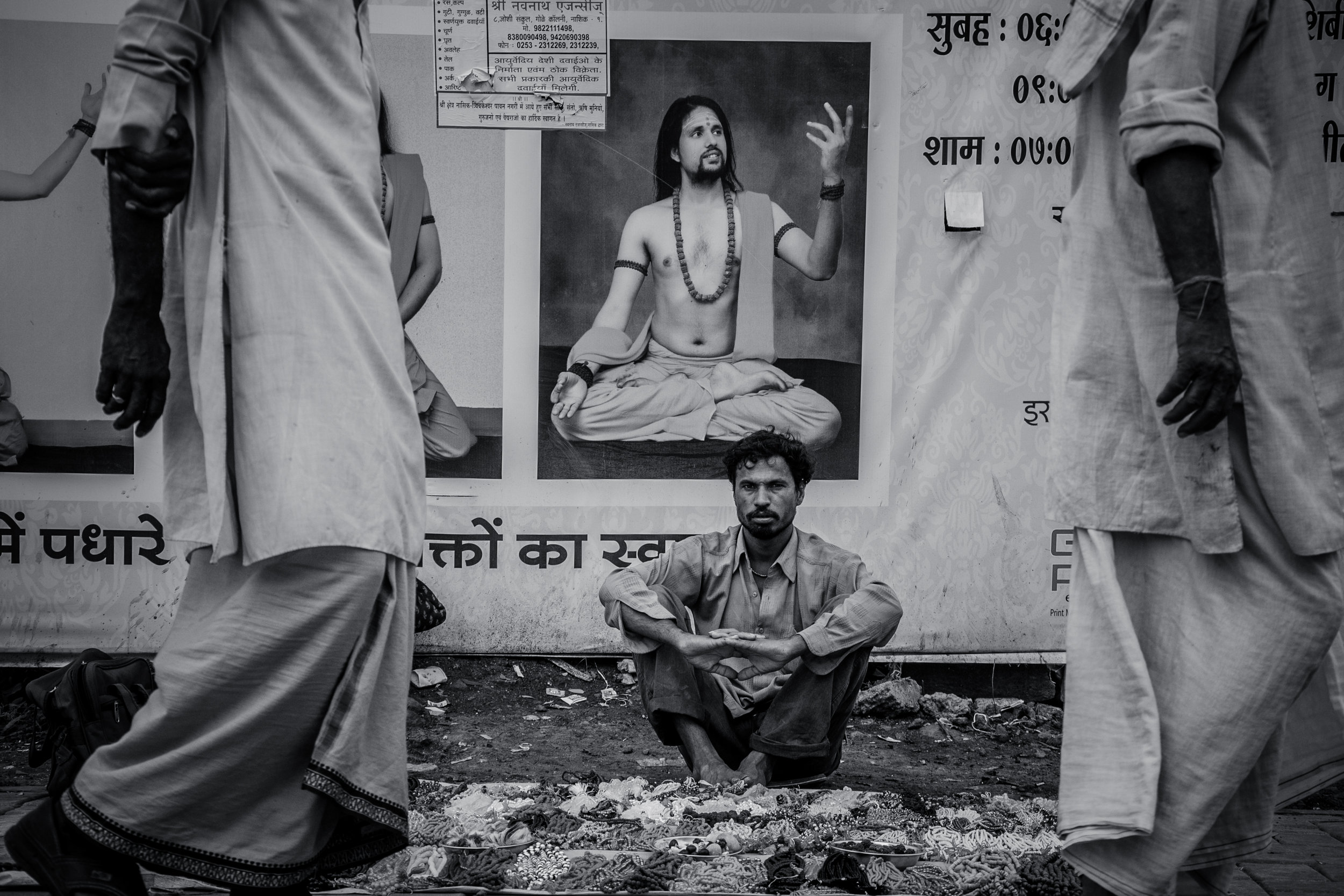Kumbh Mela
Kumbh Mela, considered to be the largest human gathering in the world, is a mass Hindu pilgrimage of faith, where they gather to bathe in a sacred river. It is held every third year at one of the four places Haridwar, Allahabad, Nashik and Ujjain in rotation.
The traditional account says that the Hindu demigods had lost their strength by the curse of Durvasa Muni (Sadhu), and to regain it, they approached Lord Brahma and Lord Shiva. They directed all the demigods to Lord Vishnu and after praying to Lord Vishnu, he instructed them to churn the Ksheera Sagara (ocean of milk) to receive the Amrita (nectar of immortality).In the course of this process, they strike a deal their arch enemies, the Asuras (Demons), to help them churn the Ksheera Sagara and at the end, they would share the wealth gained equally. However, when the Kumbha (urn) containing the Amrita appeared, a conflict developed. For twelve days and twelve nights (equivalent to twelve human years), the Devas and Asuras fought in the sky for the pot of Amrita. It is believed that during this battle for Amrita, Lord Vishnu flew away with the Kumbha of Amrita, spilling drops of Amrita at four places: Allahabad, Haridwar, Ujjain, and Nashik. Hence Kumbh Mela is religiously celebrated by Hindus as a festival during which one could take a plunge into the river and wash away the evil/sins and bring in good luck.
This year the massive gathering of Kumbh Mela, lasting 58 days, was hosted by Nasik which is located on the banks of the river Godavari. Due to its alarming level of pollution in river Godavari, the river was considered unfit for bath and this major event was on the threshold of a ban. But, the Bombay High Court voiced a timely warning and started a major clean up and sanitation program in the area. The pollution levels dropped considerably just in time for the event
Security is always a matter of concern in such gatherings as there have been bomb-scare warnings and stampedes issued in the past. Hence this year during the event, Government of India deployed 20,000 police personnel who were on duty at all times to avoid such situations. Despite of such risks, nothing stops a believer who finds peace in the journey to the river and back.
More than three lakh sadhus gather here and they are given top priority to engage in the holy dip which is as early as four in the morning. A common sight here is sadhus smoking chillums (smoke pipes) stuffed with cannabis. When asked for reason behind this, one of these Sadhus claimed smoking helps him expand his thoughts and makes it easier for him to concentrate. Many young people visit these sadhus for their blessings in disguise.
People from all divisions of society gather here, most come here with a desire to seek blessings while many others who add to the numbers are vendors, self proclaimed god men, drama artist and also few con men. There are various references to this riverside festival in ancient Indian texts, but the exact age of the Kumbh Mela is uncertain.
To me the mela exists only because of people’s belief. The belief that prevails even after decades of its inception. Call it myth, superstition or faith. It is mesmerizing to witness how people travel miles based completely on a mythical belief and in hopes for a better tomorrow.

































